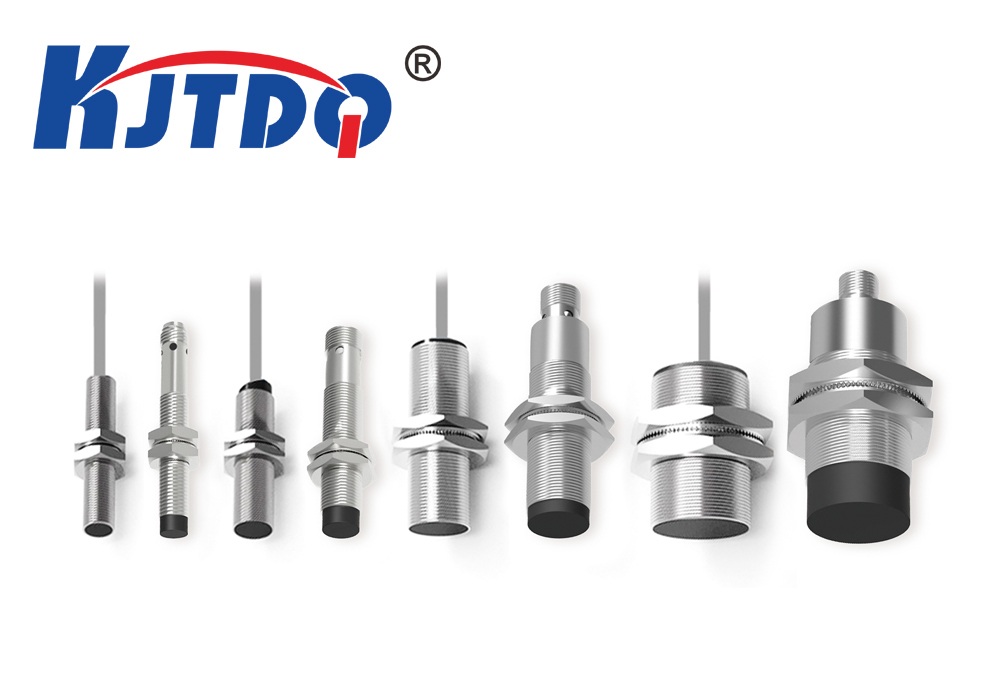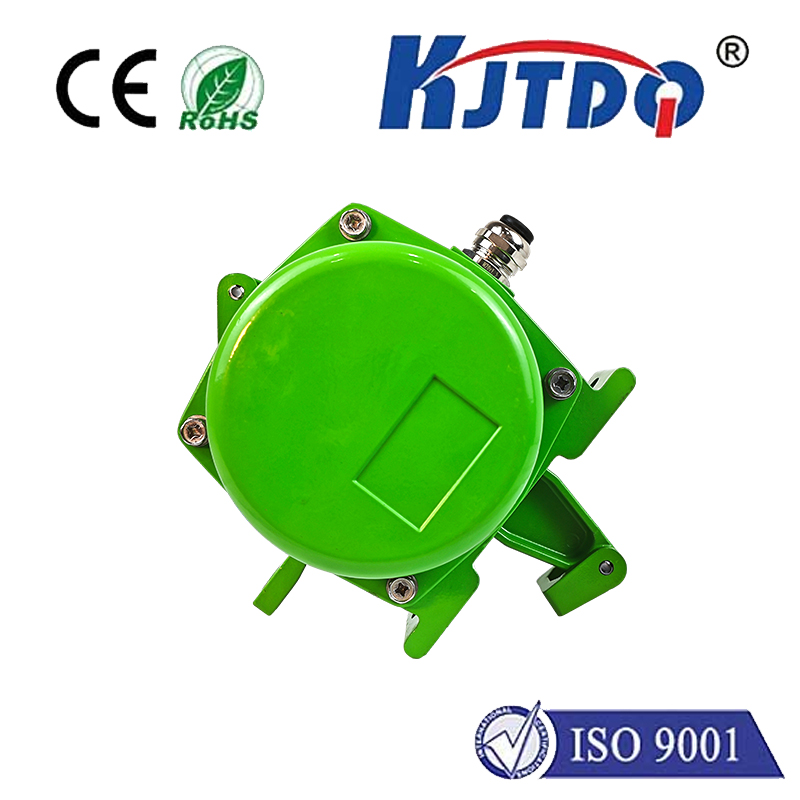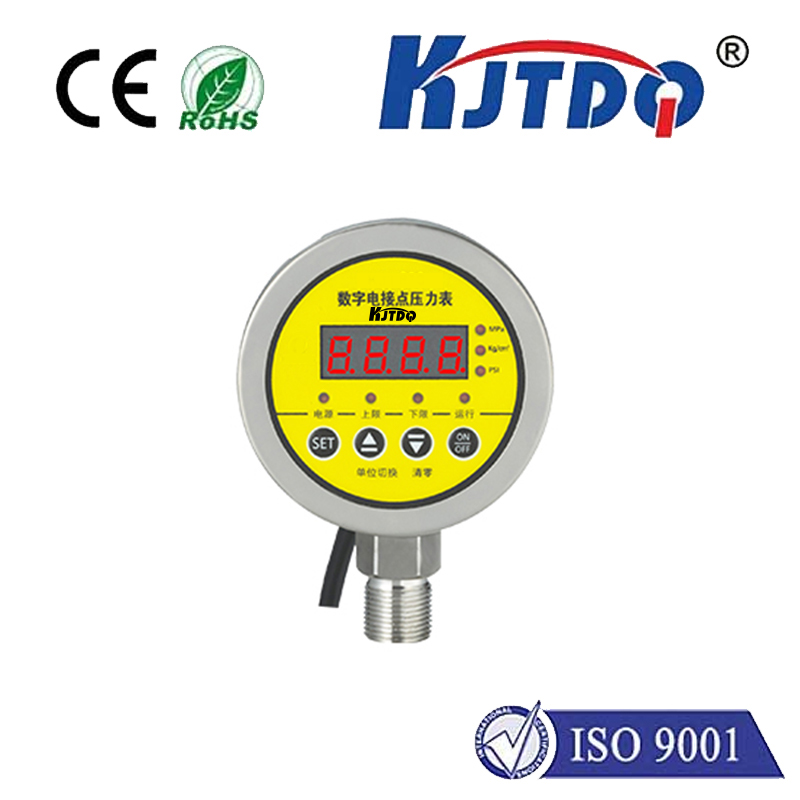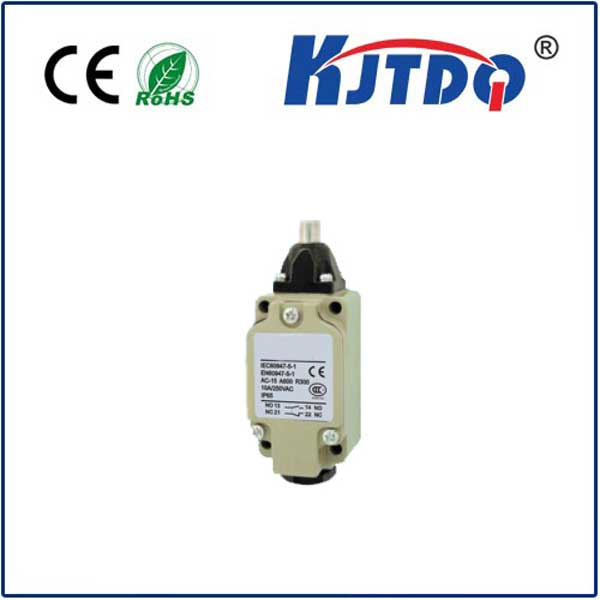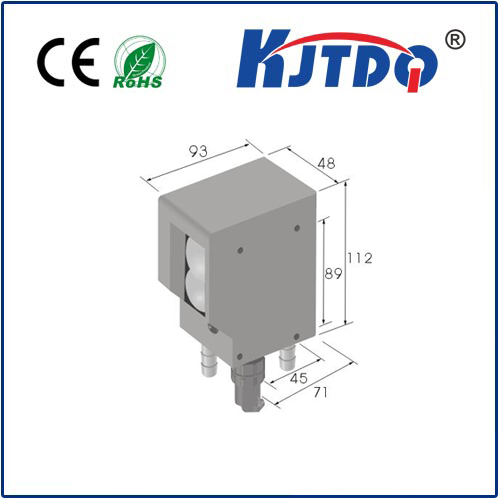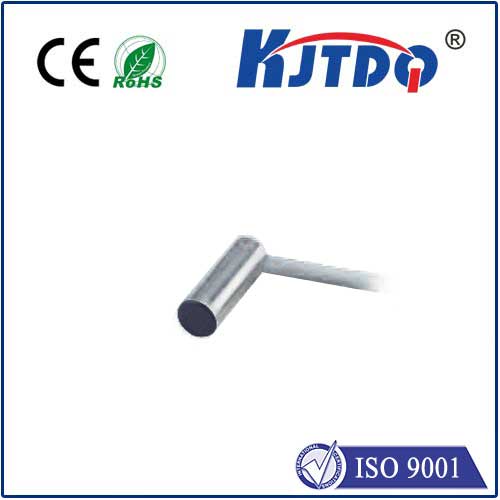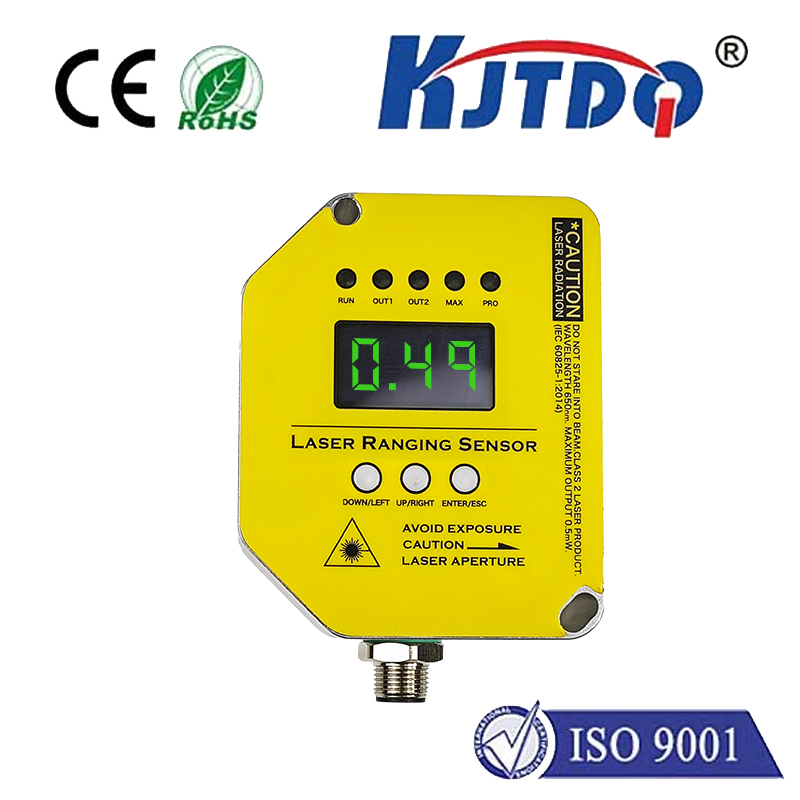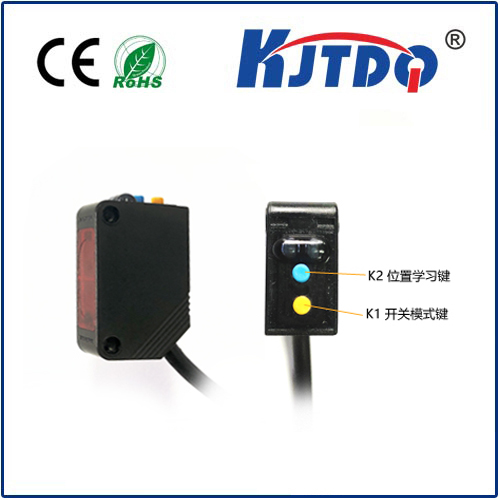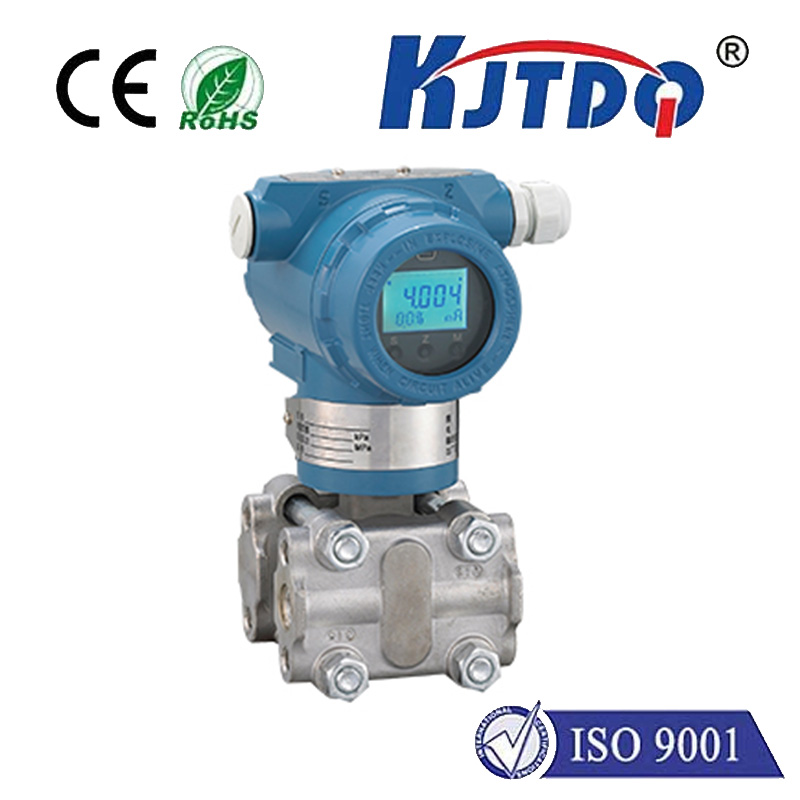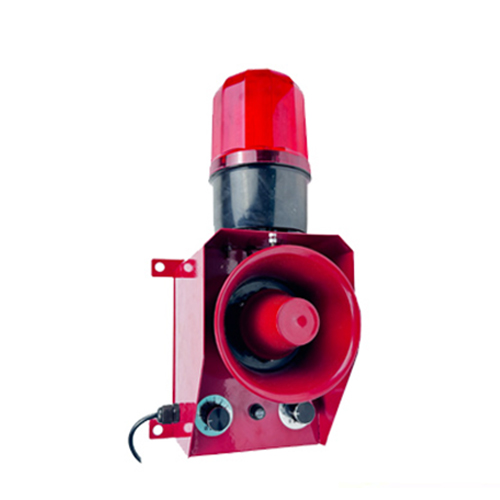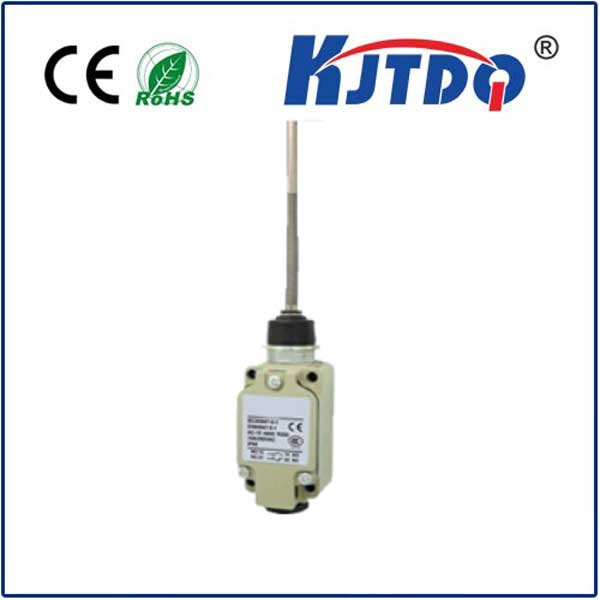

check

check

check

check

check

check

check

check

check

check
When we select a sensor, we must first consider the actual working environment in which the sensor is located. This is crucial to the correct selection of the sensor. It is related to whether the sensor can work normally, its safety and service life, and even the reliability and safety of the entire weighing instrument. Common seals for sensors include sealant filling or coating; rubber pad mechanical fastening seal; welding (argon arc welding, plasma beam welding) and vacuum nitrogen filling sealing.
1. In a highly corrosive environment, such as humidity or acidity that may damage the elastomer or cause a short circuit on the sensor, you should choose a sensor with oversprayed plastic or stainless steel cover on the outer surface, which has good corrosion resistance and good airtightness. .
2. The impact of electromagnetic fields on the sensor's output of disordered signals. In this case, the shielding properties of the sensor should be strictly checked to see if it has good anti-electromagnetic capabilities.
3. Dust and moisture can cause short circuits on the sensor. Under such environmental conditions, a sensor with high sealing properties should be selected. Different sensors have different sealing methods, and their sealing properties vary greatly.
4. The high-temperature environment causes problems such as melting of the coating material, cracking of the solder joints, and structural changes in the internal stress of the elastomer. For sensors working in high-temperature environments, high-temperature-resistant sensors are often used; in addition, heat insulation, water cooling, or air cooling must be added. and other devices.
5. Flammable and explosive not only cause complete damage to the sensor, but also pose a great threat to other equipment and personal safety. Therefore, sensors working in flammable and explosive environments require higher explosion-proof performance. Requirements: Explosion-proof sensors must be used in flammable and explosive environments. The sealed outer cover of this sensor must not only consider its airtightness, but also the explosion-proof strength, as well as the waterproof, moisture-proof, and explosion-proof properties of the cable lead.
